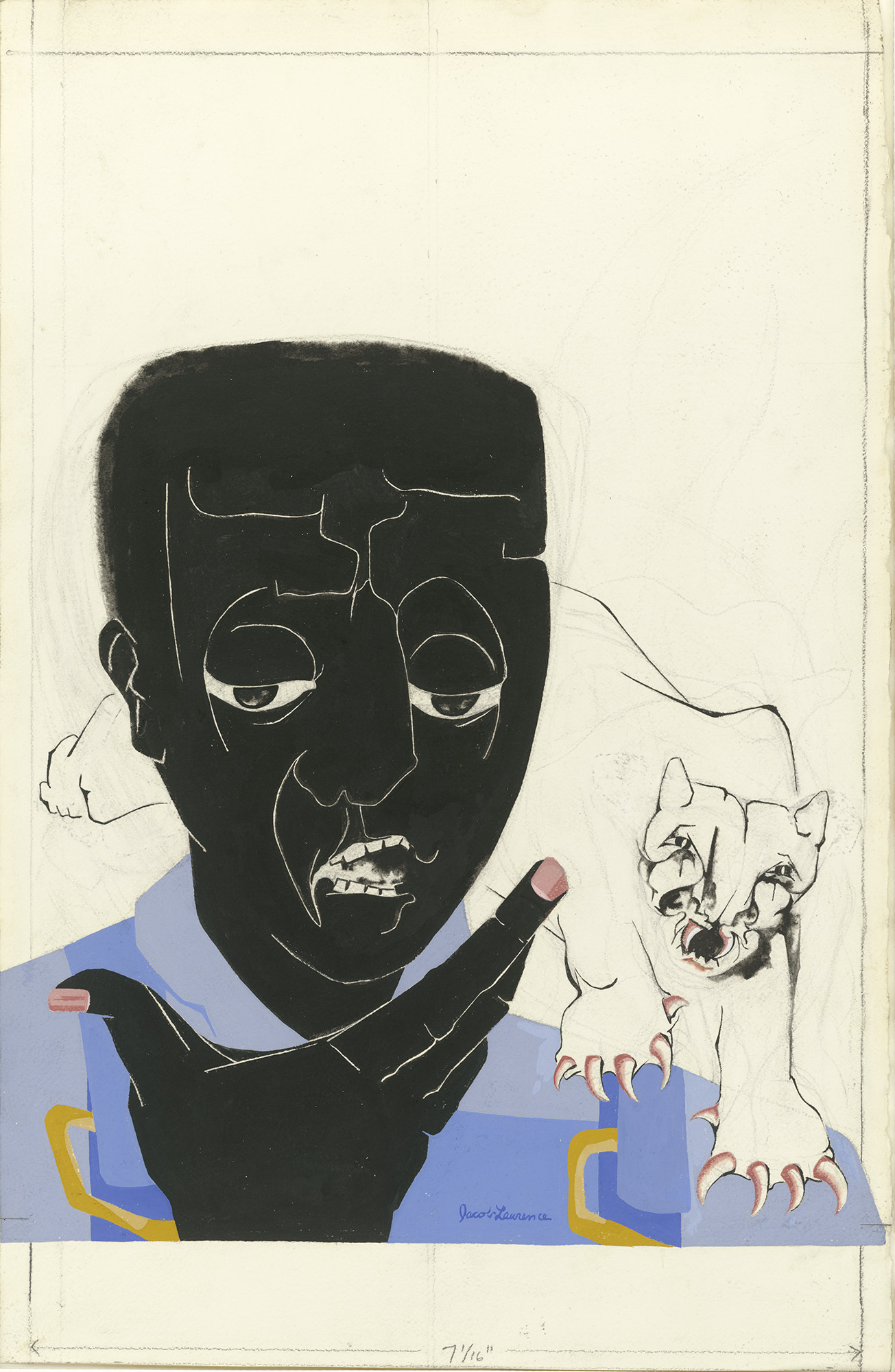On an overcast day in February 2019, as a modest drizzle freckled the sidewalk and a light breeze rolled across my cheek, I walked down the streets of downtown Jackson, Mississippi, toward the old Greyhound bus station whose fluorescent red light flickered behind the mist. Located at 219 N. Lamar Street and constructed in 1937, this bus station—with its royal blue façade, glass exterior, and trademark silhouette of the sprinting canine—stands as a monument to a group of young people who risked their lives in the fight for justice. In the summer of 1961, hundreds of Freedom Riders climbed on buses bound for Jackson. More than 300 of them were arrested that summer as they protested Southern states that continued to segregate public buses even though the practice had been ruled unconstitutional in 1960 by the Supreme Court.
As I stood under the overhang of the bus station, I thought of the young Stokely Carmichael, who, at 19 years of age, was the youngest participant to be arrested in the Freedom Rides, and spent 53 days in Mississippi’s Parchman prison. What courage it must have taken, I thought, for this young man and his comrades to do what they did, to get on a bus, not knowing whether they would get off alive. I wondered, too, if that 19-year-old could have imagined who he would one day become—the role he would go on to play in the movement for Black liberation. Carmichael’s “black power” rhetoric would become a lightning rod for white invective, and attract critics even within the civil-rights movement, but his ideas would help reshape the contours of our country.
